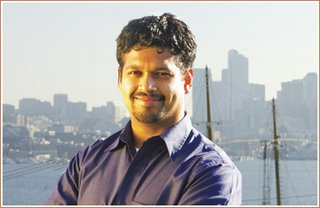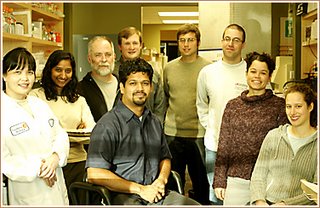Several Konkani writers, poets and thinkers condoled the death of Dr Manoharrai Sardessai and recalled his contribution to strengthen the Konkani movement, inspiring poems during the historic Opinion Poll and vast literature for children.
The Chief Minister, Mr Pratapsing Rane expressed profound grief over the sad demise of Goa’s well-known writer, Dr Manoharrai Sardessai.
“The death of the great man of letters has caused a void in the intellectual activity in the state,” Mr Rane said.
Condoling the death of Dr Sardessai, Mr Rane said that the departed writer was an intellectual giant, who could mould the highest thoughts in simple language.
Mr Rane said he read Dr Sardessai’s literary works, particularly the poems, and was always impressed by his literary style.
The president of Goa Konkani Academy, Mr Pundalik Nayak said that everyone in the Konkani movement was deeply hurt with the passing away of Manoharbab.
The departed poet had worked to unite both major communities — Hindus and Christians through his literature, he added.
Mr Nayak further said that late Dr Sardessai published his collection of poems ‘Zaio-Zuio’ in both Devnagri and Roman script so that both the communities could understand those.
“If anyone wants to see Goa’s nature, it can be seen in late Dr Sardessai’s poems,” he said.
Besides, Mr Nayak said late Dr Sardessai was favourite of children as the departed poet was becoming friendly with the children in the children’s programmes.
“Late Dr Sardessai’s poems and other forms of literature will give inspiration to future generations” he observed.
Sahitya Academy Award winner poet, Mr Prakash Padgaonkar said, “Late Manoharbab has done a historic work in the development of Konkani language as the departed poet had started work, when there was nothing on the Konkani front and gave a direction to the new generation.”
Late Dr Manoharbab’s literature would give inspiration to new generations, Mr Padgaonkar said.
Another Sahitya Academy’s award winning poet and freedom fighter, Mr Naguesh Karmali said late Dr Manoharbab’s personality was unique in many ways and was versatile poet.
“Dr Manoharbab’s poetry was like flowing river,” Mr Karmali said and added “late Manoharbab was one architect after Xenoi Goembab and created a ‘shilp’ for Konkani renaissance.”
Internationally acclaimed Goan pop singer, Remo Fernandes said that he came more close to late Dr Sardessai at the time when the Alliance Francaise de Goa was formed.
“While working with Alliance I realised how genius Dr Sardessai was, besides his simplicity was most inspiring things.”
Mr Fernandes said the late Dr Sardessai had a style of coining pun simultaneously in Konkani, English, Portuguese, and French on the same topic.
Konkani writer, Mr Udai Bhembre said,“With passing away of Dr Manoharbab the Konkani movement has lost a leader, who had no enemies at all.”
“Late Dr Manoharbab is our topmost poet along with Bakibab Borkar and he was instrumental in starting Konkani associations in colleges in Mumbai, trying to spread the movement among the students during 1950s,” Mr Bhembre said.
“Dr Manoharrai headed various Konkani institutions like Konkani Bhasha Mandal, when the times were difficult for Konkani, yet he was a person of such a nature that he could organise people and take movement forward,” Mr Bhembre said.
A well-known Konkani story writer and Sahitya Academy Award winner, Mr Damodar Mauzo said late Dr Sardessai brought laurels to Konkani movement in Goa, but unfortunately “we the Goans have failed to honour him with his due.”





